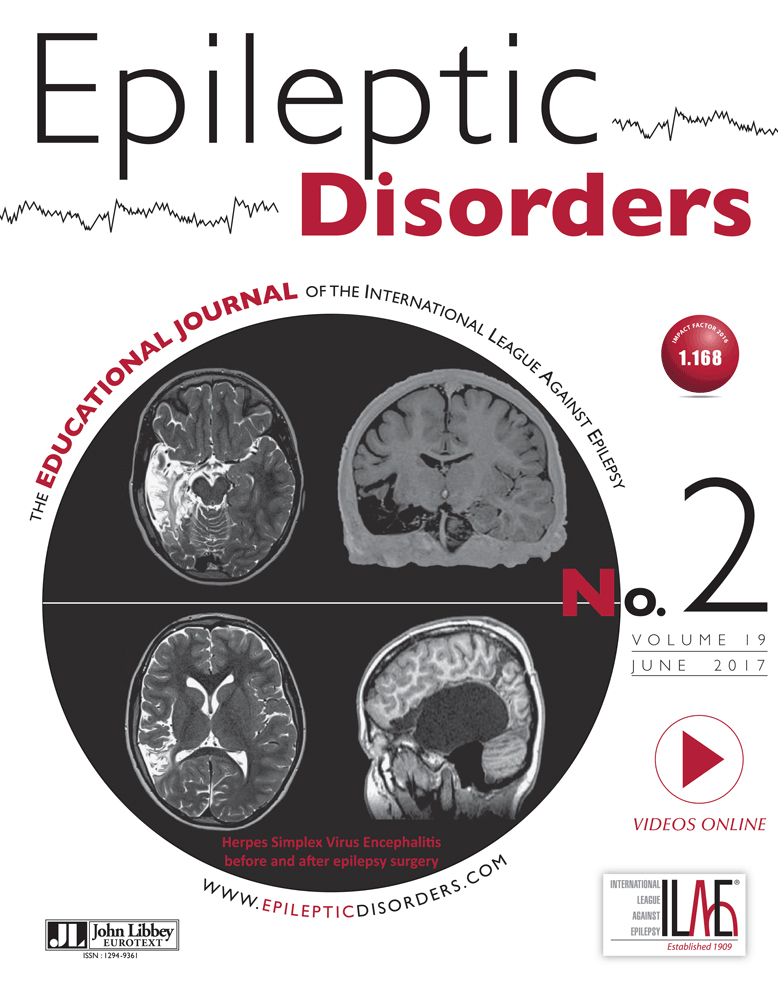Long-term follow-up of two siblings with adult-onset neuronal ceroid lipofuscinosis, Kufs type A
Abstract
Aim. Reports on the clinical presentation of adult-onset neuronal ceroid lipofuscinoses (NCL) are scarce compared to infantile- and childhood-onset forms. Here, we aimed to present detailed temporal evolution of clinical and electrophysiological features of two siblings with adult-onset NCL and homozygous mutation in the CLN6 gene.
Methods. We retrospectively analysed medical records and electrophysiological data in order to delineate evolution of clinical and electrophysiological findings. Electrophysiological studies included routine EEG and video-EEG, as well as polymyographic analysis of myoclonus and brainstem reflex studies.
Results. Both patients had seizures and cerebellar signs. Despite the slow progression of ataxia, they developed no mental deterioration, but had severe obsessive compulsive disorder and depression. EEG revealed frequent generalized spikes, polyspikes, and waves, prominent on awakening and during photic stimulation without significant change throughout the clinical course. Abnormalities concerning the blink reflex, auditory startle response, and startle response to somatosensory inputs manifested within four years. The patients underwent transient and mild improvement with valproate, whereas ataxia and seizures were dramatically ameliorated following high-dose piracetam.
Conclusions. Patients with adult-onset NCL may present with slowly progressive ataxia, persistent photosensitivity, and seizures without dementia or extrapyramidal findings. Brainstem abnormalities become more evident with time, in line with ataxia. Piracetam is effective for both seizures and ataxia.




